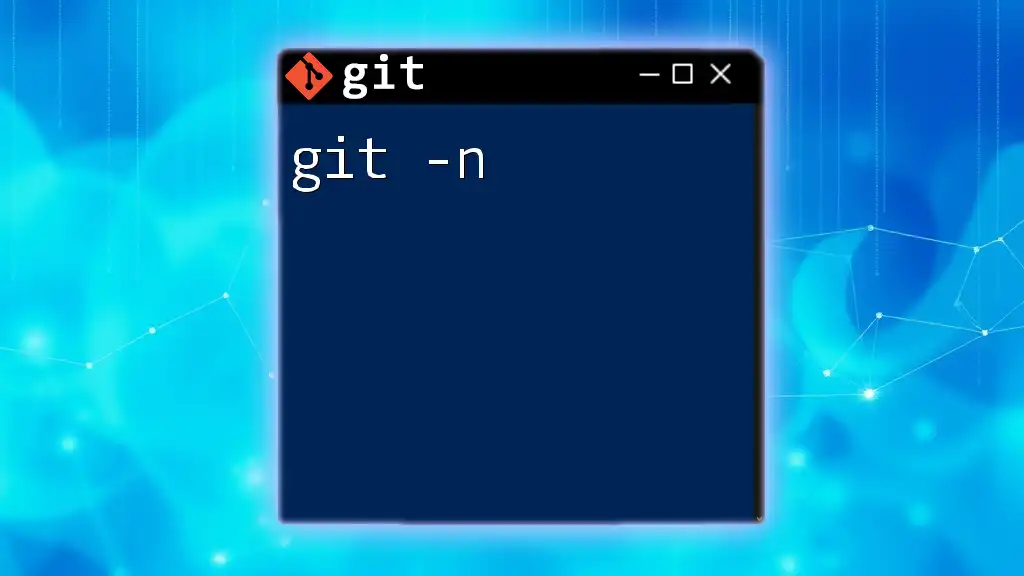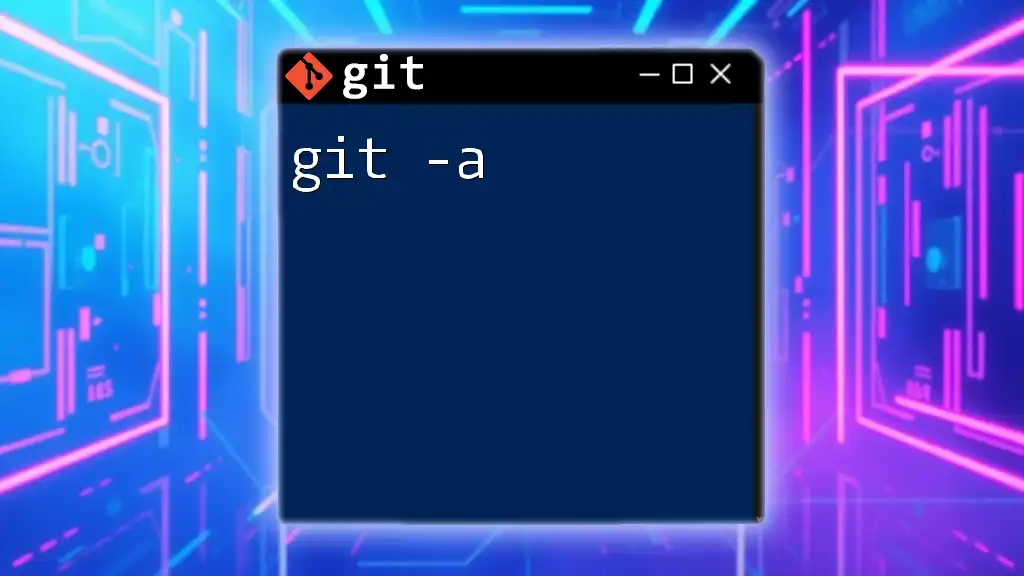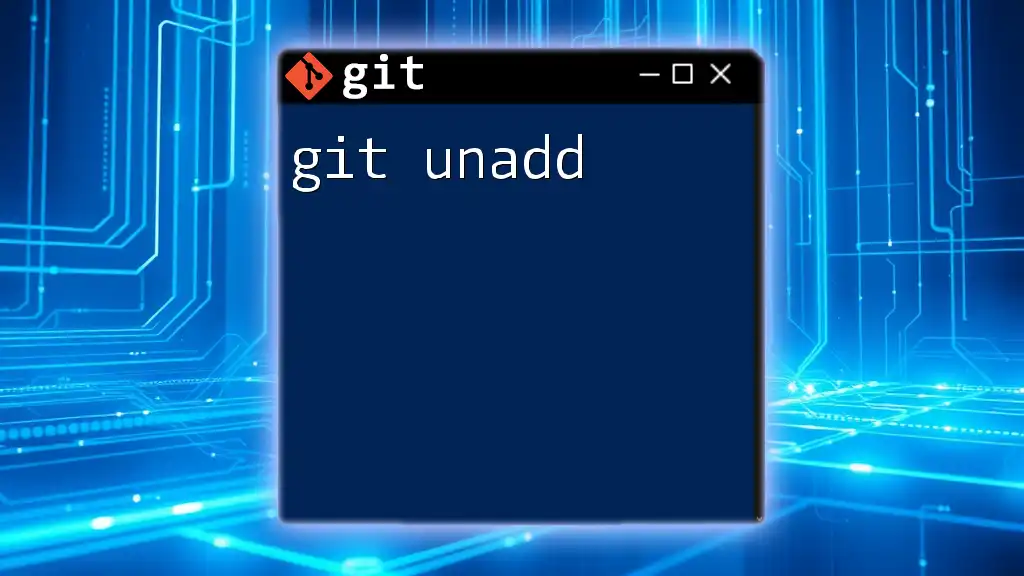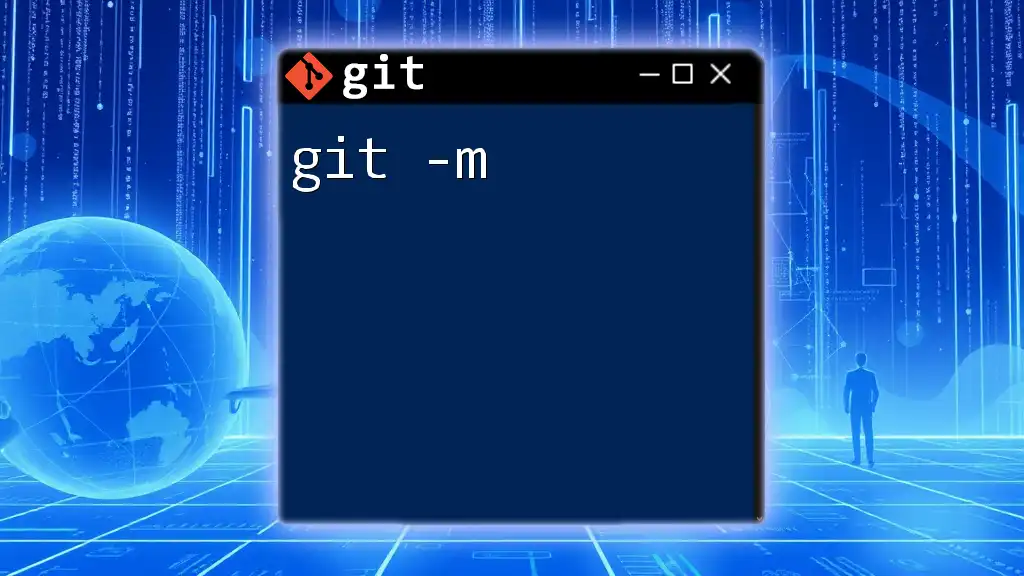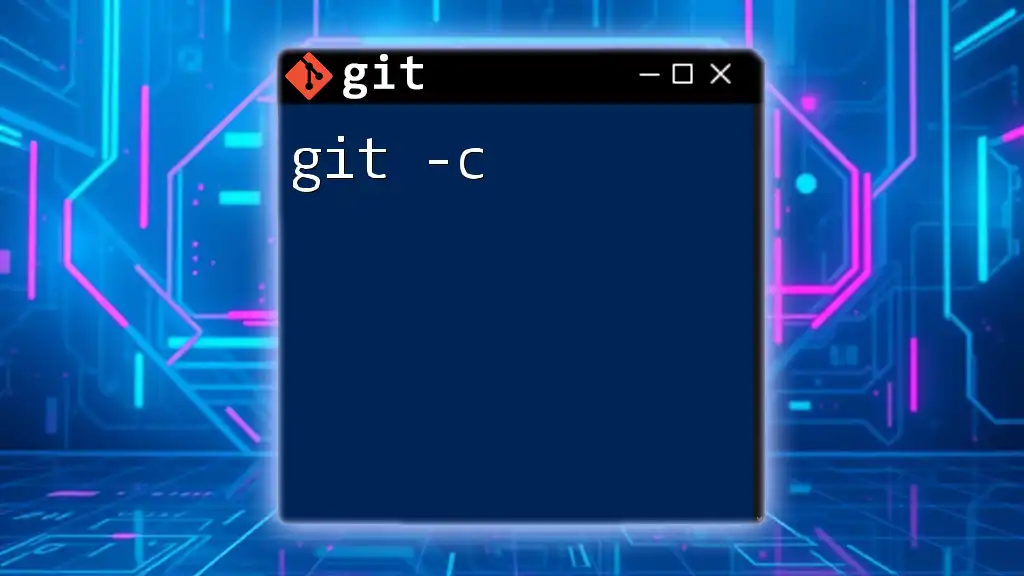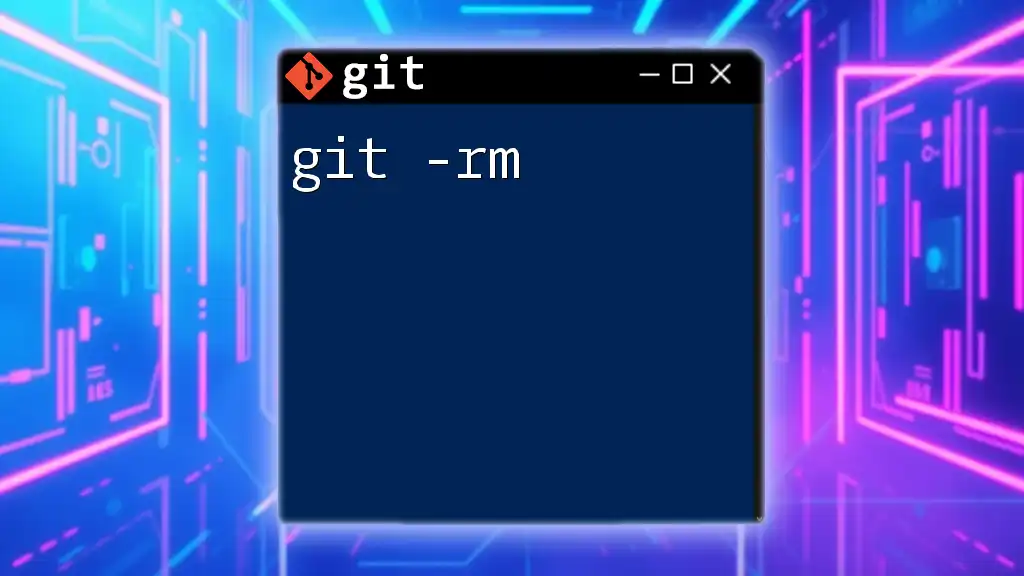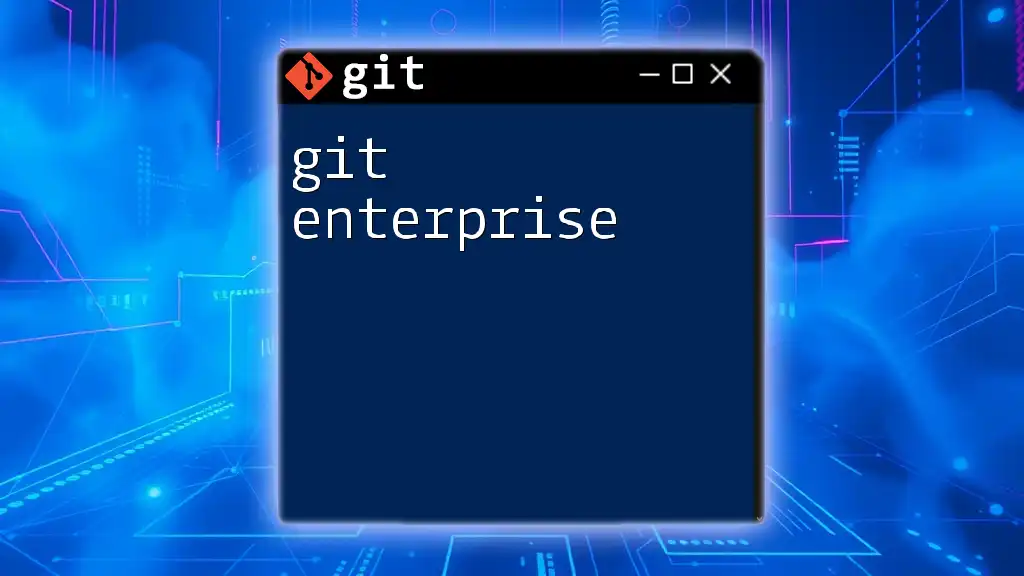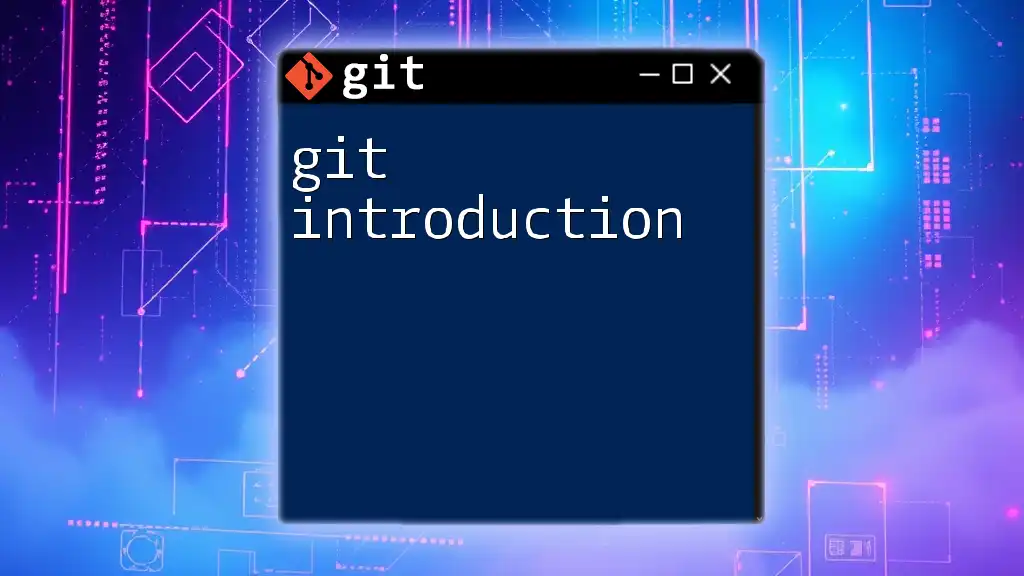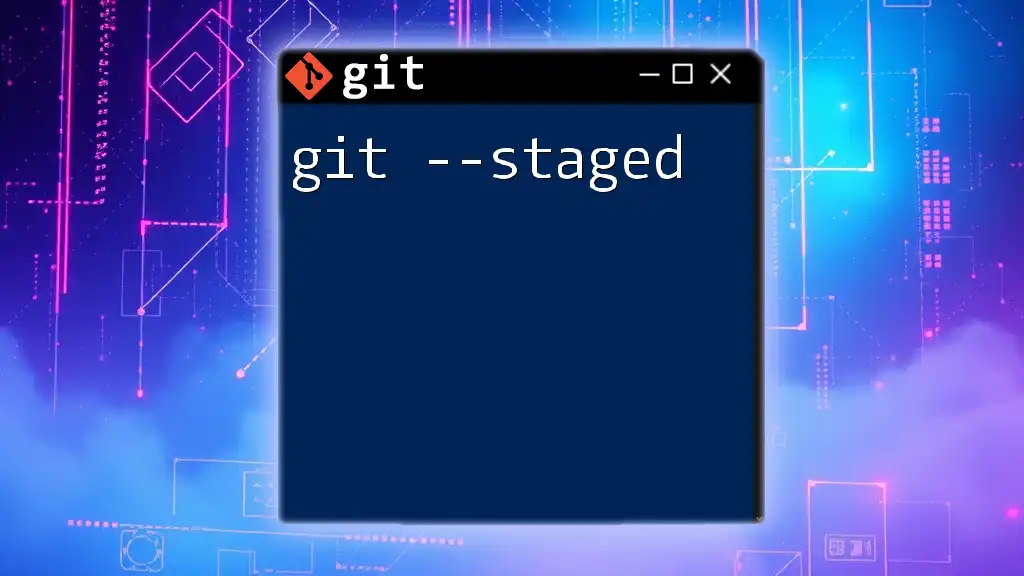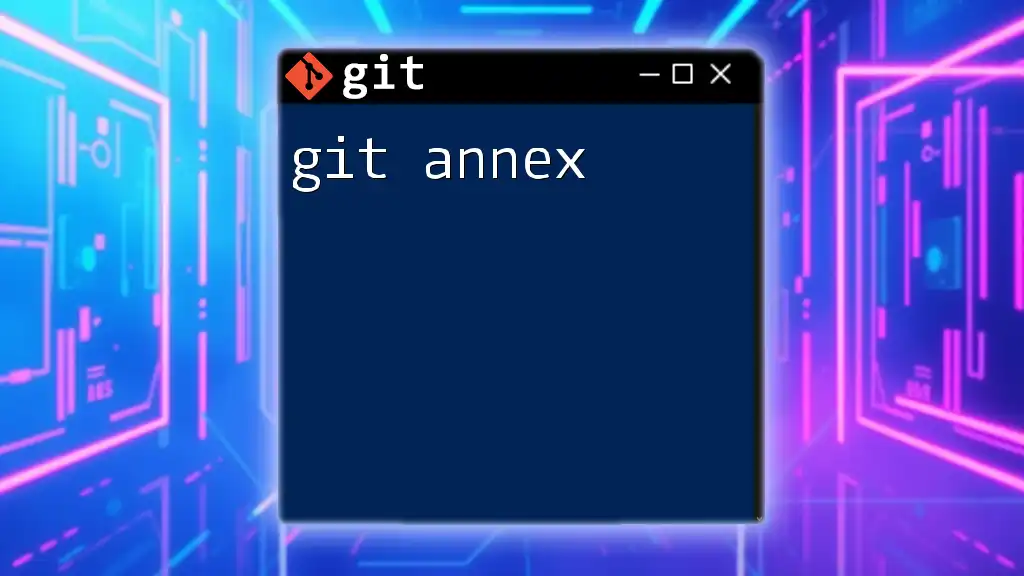The `git -n` option is commonly used to simulate a command's execution without making any actual changes, allowing users to preview the effects of a command; however, it is important to note that `-n` is not a standalone command but can be contextually relevant when used with specific Git subcommands like `git clean`.
Here’s an example of using `git clean -n` to preview which files would be removed:
git clean -n
What is `git -n`?
The `-n` flag, often referred to as `--no-edit`, is used within Git commands to specify actions without invoking an editor. This is particularly useful when you want to execute commands that would typically prompt for user editing, such as commit messages or merge operations.
In essence, the `git -n` command allows you to bypass the editor for specific actions, making your workflow faster and more efficient. Understanding this flag can enhance your command line experience considerably.
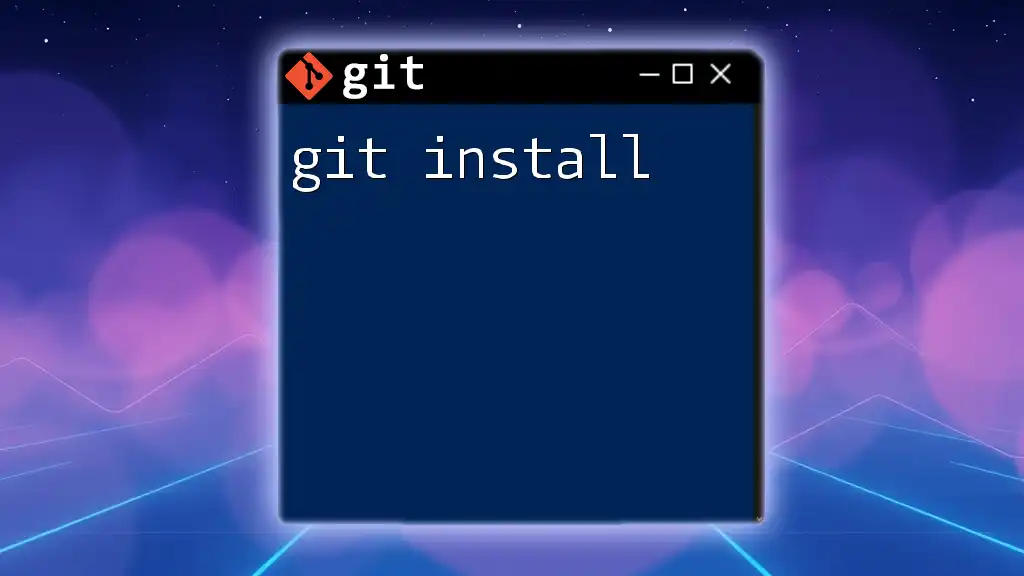
The Syntax of `git -n`
The basic syntax of `git -n` follows the structure:
git command -n
This syntax indicates that you want to execute a Git command with the specified `-n` option. It’s important to note that the `-n` flag can be combined with other flags and commands, but clarity in how you apply it is paramount.
Common Misconceptions: A frequent misunderstanding is that `-n` can be applied universally to all Git commands. However, this flag is most effective in the context of commands that involve user inputs, such as commits and merges.
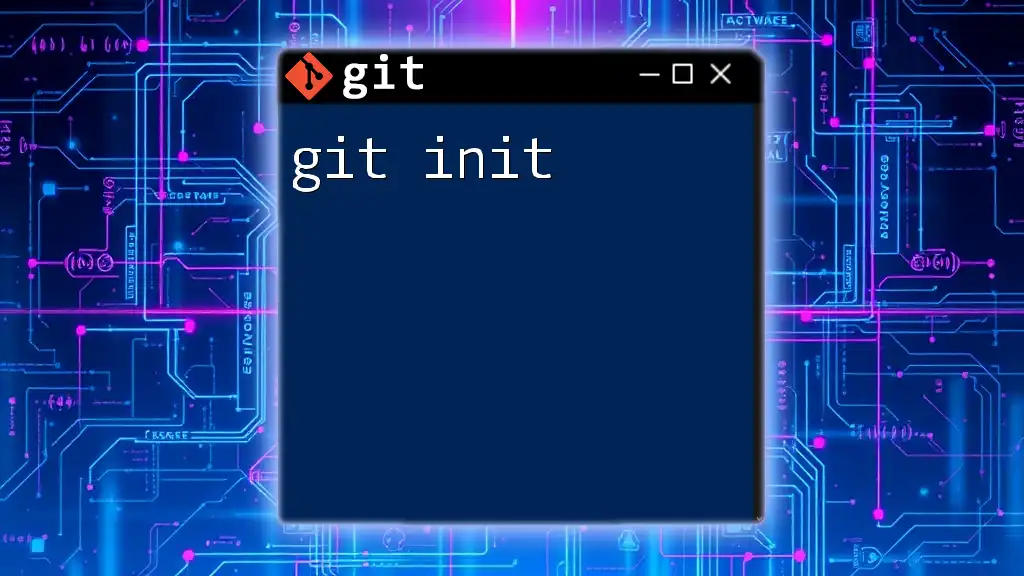
Use Cases of `git -n`
Pulling and Merging Changes
`git -n` streamlines operations like pulling and merging changes from branches. When using the `-n` option, you can fetch updates without editing the default commit message.
For instance, to perform a pull operation without invoking the editor, you would use:
git pull origin main -n
In this example, Git pulls the latest changes from the `main` branch of the remote repository called `origin`, and the `-n` flag ensures no prompt for editing the commit message appears.
Amending Commits
Another common use of `git -n` is during the amending of commits. By utilizing the `-n` flag with the `git commit --amend` command, you can make amendments without having to modify the commit message.
An example of this command is:
git commit --amend -n
This instructs Git to amend the last commit without opening an editor, resulting in a more streamlined workflow. It's particularly handy when you have multiple minor fixes and wish to consolidate them into a single commit without rewording.
Rebase Operations
`git -n` can also play a vital role during rebase operations, allowing developers to apply changes from one branch onto another while skipping the interactive editing phase.
For example, if you want to rebase your feature branch without editing:
git rebase -n feature-branch
Here, your current changes will be reapplied on top of the specified branch without prompting you for input, making it a great way to maintain focus on the code rather than the commit details.

Advantages of Using `git -n`
Using the `git -n` flag can lead to enhanced efficiency in the following ways:
-
Streamlined Workflow: By avoiding unnecessary edits, you can maintain a smooth working pace, especially in collaborative environments.
-
Conflict Reduction: Using `-n` during merges and rebase can significantly reduce the likelihood of conflicts, as it limits user interactions at critical points.
-
User-Friendly Experience: For new users, the simplicity of non-interactive commands can significantly reduce the learning curve associated with using Git effectively.
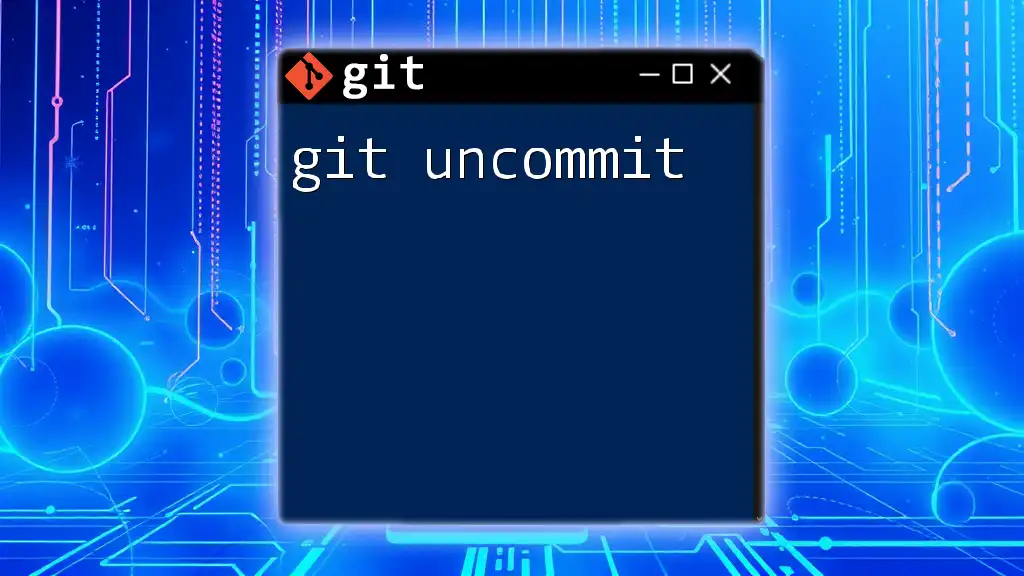
Potential Pitfalls of `git -n`
Misunderstanding When to Use
It's crucial to understand that `-n` is not appropriate for every command. Using `git -n` indiscriminately can lead to unintended results. For example:
git push -n
This command does not behave as expected since `-n` does not apply to push operations.
Ignoring Edited Commit Messages
Utilizing `-n` can obscure important context within commit messages. Ignoring edits may result in losing vital information that could clarify the rationale behind code changes.
If you are modifying a commit that requires context, consider the implications of bypassing the commit editing phase.
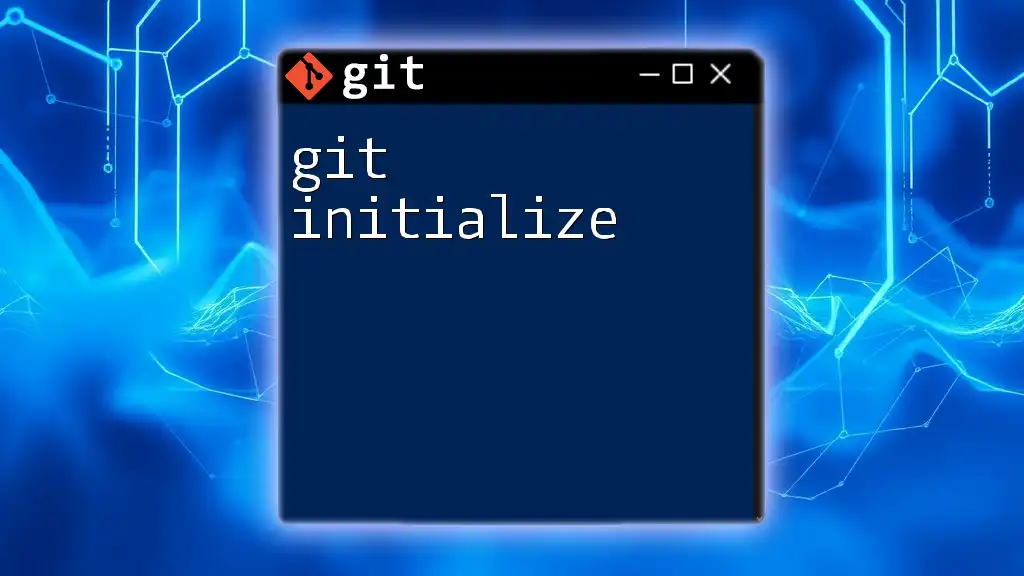
Best Practices for Using `git -n`
Knowing When to Use and Avoid `-n`
To maximize the effectiveness of `git -n`, follow these guidelines:
-
Use `-n` when: You want to quickly pull or merge changes without needing to alter commit messages. It's also effective in rebase operations when you need a straightforward application of commits.
-
Avoid `-n` when: Your operation requires detailed explanations or edits, particularly if the commit message conveys key reasoning or context behind code changes.
Testing and Validation
Before executing a command that uses `git -n`, it's good practice to validate the command using test conditions when possible. This ensures that your command behaves as expected and does not introduce errors to your workflow.
For instance, testing merge operations without applying changes can be effective:
git merge --no-commit branch-to-merge -n
This command allows you to glimpse potential changes without fully committing them, an excellent way to gauge impacts in advance.
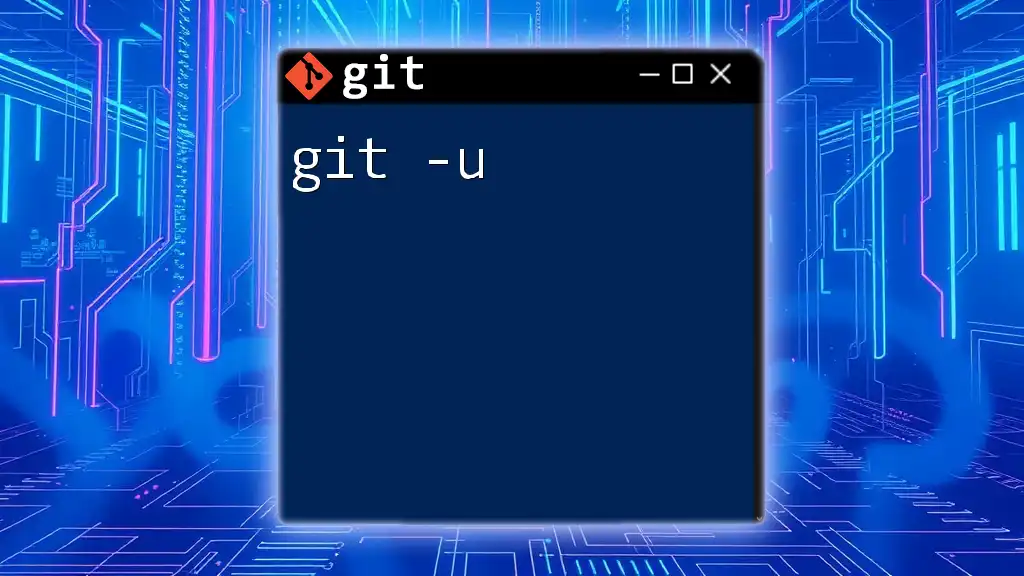
Conclusion
The `git -n` command, or `--no-edit` flag, can dramatically enhance your version control practices. By bypassing redundant edits and streamlining commands, you can navigate Git more effectively, allowing you to focus on the heart of development rather than the minutiae of command syntax.
Mastering `git -n` and understanding when to employ it will not only contribute to your efficiency as a developer but will also strengthen your confidence in using Git commands effectively. As development workflows become increasingly complex, leveraging tools like `git -n` will undoubtedly pay off.

